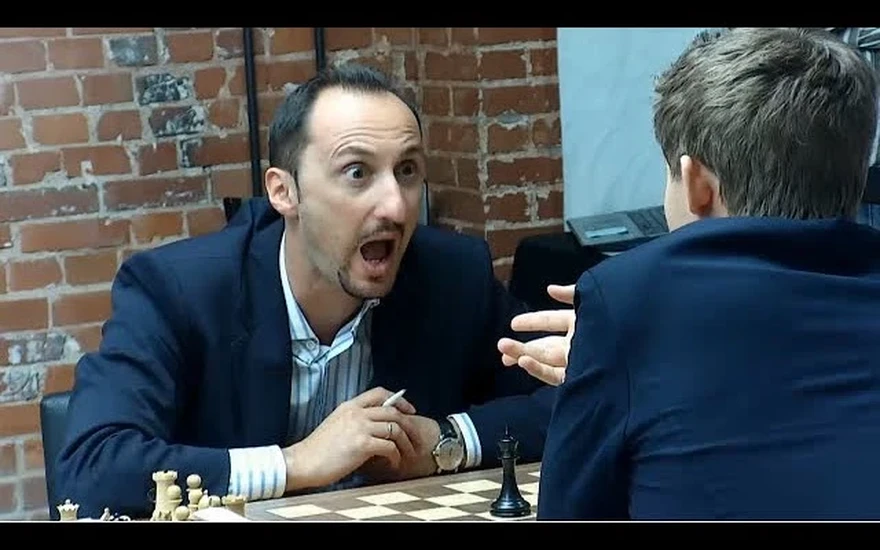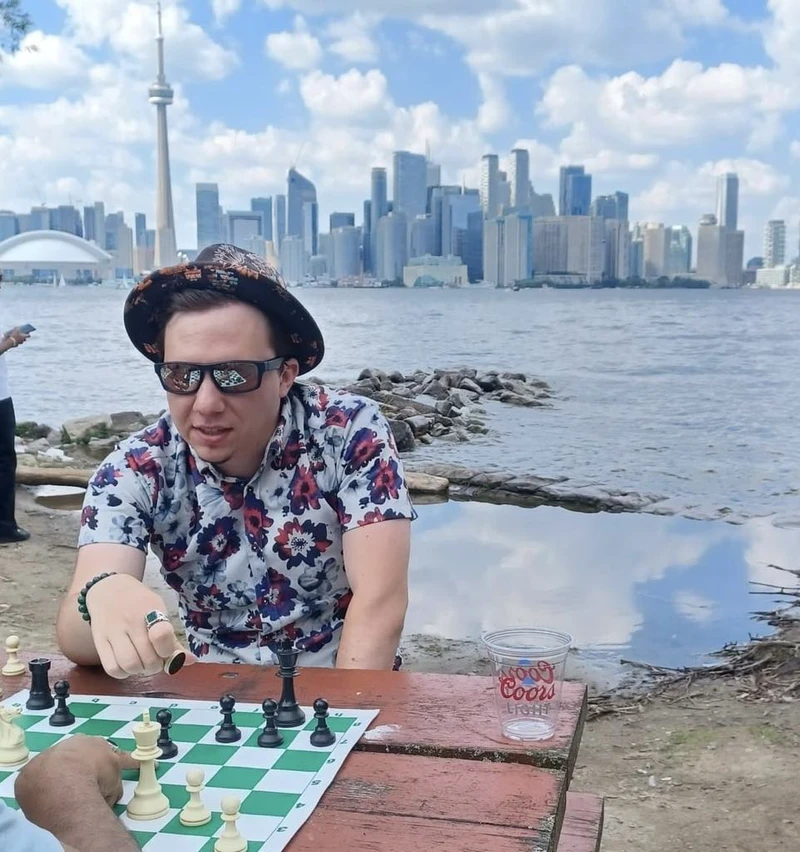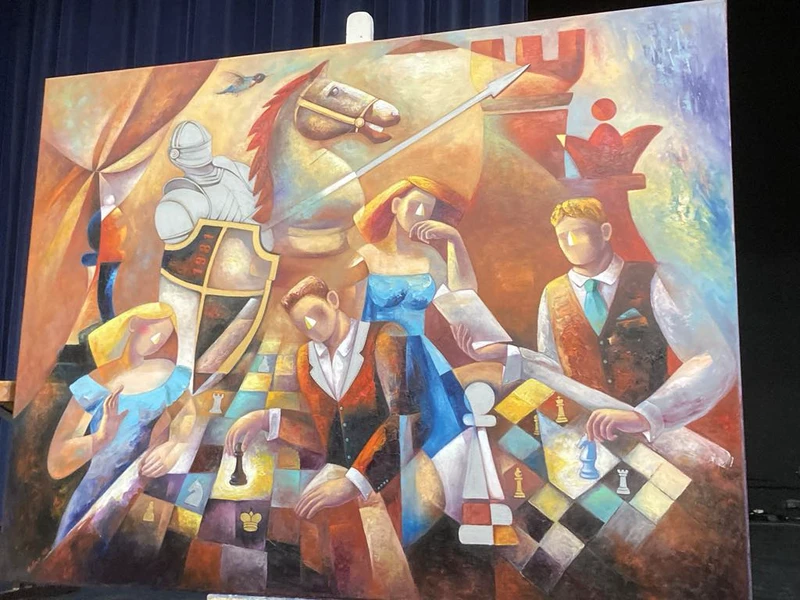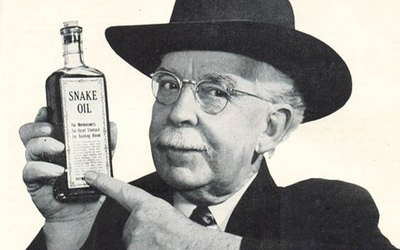
50 Shades of Blunders
A post about why blunders happen to all of us, even though they shouldn't.When I was looking at the recent World Championship featuring Ding's Rf2?? whammy, it got me thinking on how does this happen? How do masters blunder pieces in 1 move, and how do World Champions blunder away their crowns despite their awesome chess skills? Just for context, it's not just Ding who belongs to this category, as Chigorin lost the World Championship because of a silly oversight that you'd expect a 700 rated player to see :
Just this weekend I was looking at games from a local tourney in Toronto and found that a significant portion of the games from the master section was also decided by simple oversights. I'm just as guilty on this count as many of my games were plagued by blunders even in classic time controls, not to mention blitz and rapid. First, here are some tips that helped me minimize the ugliest 1 move blunders:
- Paul Keres used to say that you should spend 30 seconds on even the most obvious moves (if you have the time). This helps you refrain from "automatic" recaptures and turn on your pattern recognition software. Experienced players' eyes are primed for tactics, they'll notice the problem if you just let them.
- One useful question to ask yourself before moving, would Kasparov's eyebrows furrow if he saw where you were putting your piece? We come up with all sorts of clever reasoning to explain moves which we know are ugly or break chess principles. Most of the time, the principles win.
- The old advice for kids in the Soviet Chess School was to sit on your hands until you're absolutely certain and blunder-checked the position. How to know if you're certain? You should be able to walk into a room full of grandmasters and explain to them why it's the best move.
- Not a fan of sitting on your hands? What I found is that good players sometimes let their hand hover over a piece for a second in sharp positions, before committing to a move. Even though this might seem like bad manners (please don't do it on every move!) it shocks the brain into attention, as the hand sends signals that something important is happening. This takes away the common "I saw it instantly after I let go" blunder.
- Don't touch any piece until you could write a paragraph about what the opponent's last move did. Often if you don't get it, that means you're not looking hard enough, or not seeing the hidden threats the move presents. Even the most basic moves have subtle points to them, like why they chose that move over something else.
With these tips out of the way I'd like to share some typical "tragicomedies" I saw in tournaments; games which got derailed by blunders.

Pressure Blunders
There are all sorts of pressure in chess: positional pressure, time pressure, pressure from tactical complications, and even psychological pressure.
Some positions become complex that under the strain of calculating all the lines, one player forgets about something something simple. In the next example, you see how positional pressure can take a toll; having my pieces paralyzed led to a ridiculous decision to take a poisoned pawn.
Make no mistake about it, the position was atrocious after Nc5, but not completely lost due to the equal material. The engine gives it a bit more than +1, and I don't think we'd be able to beat Stockfish here as she doesn't blunder...In retrospect it's hard to explain what I saw after Nxe3, and the reasoning was something like "I'm the better player so I should be playing for a win..." "If I'm defending, I might as well suffer for a pawn...". The time pressure didn't help as I had 2 minutes at this point.
Just like in real life mountains succumb to erosion over millennia as nature pressures them from all angles, pressure in chess can build up for many hours straight, leading to a single blunder which looks insane without context:
If you look closely at move 61-62, you'll see how two 2300 players missed a mate in 1 in a classical game. Yes, we were down to 30 seconds, but still, how?
One aspect of mutual blindness is both players trusting each other and not testing the last moves for obvious mistakes. Another aspect is seeing a pawn that you could take with check on f5, more tempting than a mate in this case :) Before that on move 59 I blundered the pawn, not seeing that after Bxe3 Qd7 white is winning a second pawn. This becomes a lot more explainable when we consider that black has been defending passively for thirty moves by that point, in a quite depressing position which only has two possible outcomes which didn't excite me. The pressure mounted on both the position and the clock, until I let my guard down. To paraphrase Chekhov, any player can handle a crisis, it's move-to-move problems that wear you out.
Here are some photos from these tournaments, which kept me motivated despite some horrific blunders.



Hallucination blunders
Have you ever hallucinated that a piece had already been captured when it hasn't? Or perhaps you thought your bishop on a2 could capture on f6 in some line? Counted on phantom pieces in lines where they've already left several moves ago? If the answer is no, don't lie to yourself :) We're all susceptible to tricks that the mind plays on us, and nobody's visualization is perfect, including World Champions. Their hallucinations are just further down the line...
In this position I got really excited because I thought I saw a forced mate; 30. Qf7+ Kh6, Qf8+ Kg5, Qe7+ Nf6, Qg7+ Kf4, Nd3+ Kg3, Qc7+ e5 Qxe5#
Only once I got to the Qg7 check did I realize there's a problem, the pawn on c4 is black instead of white so Nd3+ is not a move...This shows another important part of blunders, weird geometry. We're used to the c4 pawn being white instead of black here, which is why our mind deceives us. The most famous example of this was the mate in 1 that Kramnik missed against Deep Fritz, because the white knight was on f8, not its usual stable.
For another example of weird geometry, can you guess how black blundered in the next game?
Having realized that the position was losing, I tried one last trick, based on weird geometry. With the help of the faraway bishop, the rook comes between the white pawns to save the day with Ra3+...
But if you thought that was bad, you ain't seen nothing yet:
After Nc6, I reached to put my knight on the d3 square, hovered my hand over the knight and then jerked myself back like a man who almost fell from a bridge...my opponent was visibly confused trying to figure out where my knight could go to when my queen was hanging. You see the problem is that when I calculated this variation, my mind's eye transferred the pin on the e2 knight onto the d2 queen! If the queen was pinned, then after Kf1 Qf6 Qxd3 Qxc6 I would indeed have a promising position. An important skill is recovering from blunders and my attack was dangerous enough that even after blundering I could still win, with a little help from my opponent.



Psychological Blunders
Sometimes our mindsets become our downfall by leading us to blunders, for a plethora of reasons. Some players are overconfident and think any move will win. On the other hand, less confident players are scared of playing up and give their opponents too much respect, not capitalizing on blunders. When we're defending, we may want the suffering to end, trying to force our way out of positions that aren't forceable. The game below falls into that category:
I was playing for the FM title and only needed a draw, which was so close I could smell it. On top of that, it was hot and humid that August in Spain and my body was just telling me to get out of there, to escape the tension... After defending a pawn down rook endgame I only had to push a3 and the pawns would promote at the same time, for example ...a3 Rc4 Rxc4, Kxc4 Kb2, c7 a2, c8Q a1Q =. But wanting to be as forcing as possible, I took on c6, thinking that there's no way the king could get back in time to catch my pawn. This is true, but a knight in the corner doesn't fight well against rooks...A common strategy strong players use is get a slightly better position and let the weaker opponent sweat it out (literally in this case) until they find a way to lose the game even if it wasn't easy to begin with.
The trend of the game before the blunder has a large influence on the blunder itself. The best example is GM Santos resigning against GM Vallejo Pons in a position where his only legal move was easily winning:
The trend of the game was white pressing positionally and materially for the vast majority of the game. Even at the end, where Vallejo played Rh8+?? He could have won with Ke6. Jaime either saw Ke6 or felt that this position should be losing, and was ready to resign even before Vallejo played a move, having mentally resigned already. Vallejo Pons on the other hand also felt that this should be winning, and didn't bother to check the details of his "tactical conversion".
Lastly, we can blunder because we really don't want a draw, and our sense of danger gets squashed by our desire to win:
Even the almighty Carlsen walked into a simple mate trying to avoid a draw against Wesley So at all costs. After Qe3+, all my students (between the ages of 6 and 12) scream out ...Kd8! but Carlsen didn't want to run in that direction again. He sensed that there was no win there, and he already ran away to the queenside earlier, with no tangible results. I should mention that time pressure makes us go into fight or flight mode, and if the body decides to fight and go forward, no amount of brains will save you from this mating net.


Funny Blunder Stories
When I was playing in Fano, Italy a few years back, my friend Michael Kleinman and I wanted to check out the sea in the evening as the tournament preparation was keeping us busy in the daytime. When evening arrived we tried out the water which was quite warm, it was a blistering summer after all. After swimming for a few minutes I felt a bit of a sting, and a few minutes later, I heard Michael complain about something similar. We came out of the water, checked for swelling or any signs of damage, and didn't find any. We decided it was just some stones or seaweed, and went back again as we were intent on cooling down while we had the chance. Our stubbornness was punished and the stinging got really bad, even as we tried moving around the shore. When we came out, we could finally see different body parts swelling. To this day, I believe we ran into baby jellyfish who were swept by the current, since what else would explain the episode? Of course the pharmacies were closed the next day and the last round was still played in pain (peeing on the affected area is a myth as we found out). Coupled with the last round being at 9 AM, it was not a surprise that I blundered a piece on move 11, after being surprised in the opening.
All Part of the Plan
This summer I played in the charming town of Jesenik in Czechia, partially because I love the Czech Republic and also because the tournaments there are always well-run. Upon arrival at the train station, I was so excited to see the Airbnb and get food, I left behind my backpack with my laptop, passport, money, keys and perhaps more importantly, years of precious opening preparation. You try carrying that thing plus luggage all over Europe...After realizing what happened, I ran a marathon back to the train station (in record time as you'd imagine) and found that no one even cared about the bag that had a laptop sticking out of it. Let's say that it was a test for the locals, and they passed with flying colours.
A few days later, I was playing my last game of the tourney and after doing everything right at the start, got so carried away with admiring my brilliance that I forgot that a pawn was hanging with check, ruining my whole attack:
I had to get up from the board to hide the shade of red embarrassment flashing on my face. After getting a hot chocolate from the vending machine, I told myself that I will act like this was all part of the plan, just like at the train station. My opponent spent quite some time trying to believe his luck, which I tried to complicate by nodding my head and looking very confident. At the very least, this allowed me to get ahead on the clock and put seeds of doubt into his head, along the lines of "maybe it's a wild unnecessary sacrifice and perhaps I'm missing something?". Three moves later I was able to sac the exchange and indeed make it look like this was all preordained. The momentum shifted and after that cold shower I wasn't planning to blunder again. Fake it till you make it!



I hope you enjoyed this post, and being aware of these blunder patterns should help you avoid them.
If you are interested in a coach that can bring out the best in your chess,
feel free to check my coaching profile here.
If you are interested in working with me, please send me a message with a short introduction of yourself and we can discuss the details.
Cheers and Happy Holidays!
You may also like
 IM theScot
IM theScotThe Psychology of Time Trouble
A post on how our minds react to time shortages in chess IM theScot
IM theScotLife Hacks for Getting to IM
A post about the life-skills that help you in chess. ebk1976
ebk1976Aging in Chess
The age too old for gold. IM theScot
IM theScotI, Robot? When to Play Like an Engine
A post about the balance between objectivity and subjectivity in classical chess CM HGabor
CM HGaborHow titled players lie to you
This post is a word of warning for the average club player. As the chess world is becoming increasin… IM theScot
IM theScot